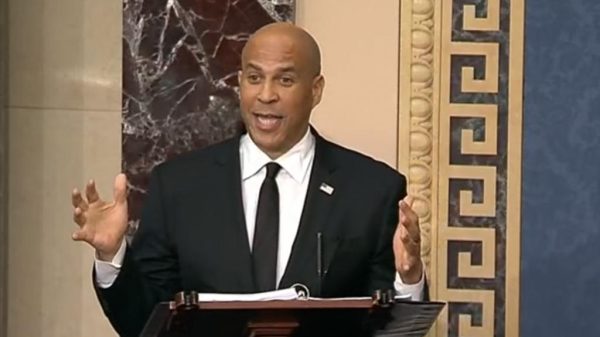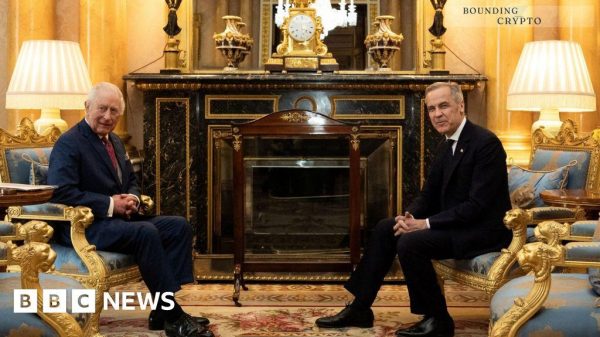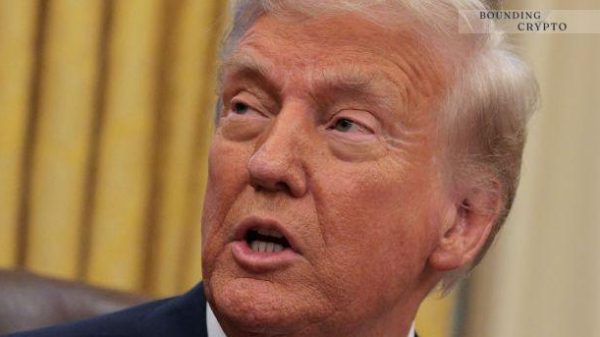The latest news from the world of economics has many people talking! In January, the Consumer Price Index (CPI), which measures the average change in prices over time that consumers pay for a basket of goods and services, rose by 0.5%. This unexpected increase brings the overall inflation rate up to 3% on an annual basis, surprising many experts who thought prices would stay lower. Let’s break it down and see what it means for you and everyone else.
What Does This Mean for Prices?
When we hear that consumer prices have gone up, it usually means that everyday items like groceries and clothes cost more money. This time, the Bureau of Labor Statistics reported that prices increased at the fastest rate since last summer. Many people might get worried when they have to pay more for their favorite snacks, toys, or games. Items that are necessary for our families show different price increases. For example:
- Egg prices jumped by 15.2% compared to December, which is the biggest rise in nearly a decade!
- The overall grocery prices went up by 0.5%, making it the largest monthly increase in two years.
- When looking past food and energy, the core CPI went up by 0.4%, reflecting a 3.3% annual inflation rate.
What’s Causing These Price Increases?
Several factors are pushing prices higher. One of the main reasons is that shelter costs, which include your home costs, increased by 0.4% this month. This increase is affecting all sorts of people, as it adds up when you look at how much families spend on housing each month. Additionally, the costs for insurance and lodging are playing a big role in rising prices. Experts point out that while inflation rates are increasing, it’s important not to jump to conclusions about the economy’s health.
Market Reactions and Concerns
When the news hit about rising prices, it affected the stock market too! Dow Jones futures, which is a way to predict how the stock market might open the next day, fell more than 400 points. This means that investors felt uncertain about the future when they heard about the inflation bump. ClearBridge Investments’ Josh Jamner suggested that the upward trend in prices makes it less likely that the Federal Reserve, the bank that helps manage the country’s economy, will cut interest rates anytime soon.
The Federal Reserve’s Take
Federal Reserve Chair Jerome Powell spoke about these inflation changes and how important it is not to jump to conclusions based on just one report. He highlighted that the Federal Reserve looks at various data points to decide what to do next, focusing on the personal consumption expenditures price index, which offers a broader view of inflation. This careful analysis is to ensure that the economy stays stable as it recovers from challenges in the past few years.
Looking Ahead
The indications from January show that inflation compression may cause tension for families trying to stretch their budgets further, and it has brought changes to how some economists make future predictions. While many had expected rates to be cut soon, now they think those rate cuts may be pushed back until at least September. This means that it is crucial for people to keep an eye on prices as they can continue to change in the coming months.
The Bigger Picture
With all these changes, it’s essential to understand that price increases aren’t just a random occurrence; they reflect our economy’s health and how much it costs to live each day. Keeping a close watch on inflation helps families and businesses make better decisions and enables everyone to prepare for what’s next. The focus on rising costs reminds us how interconnected our spending habits are with larger economic trends. Make sure to stay informed, as these changes can affect all our wallets!








































